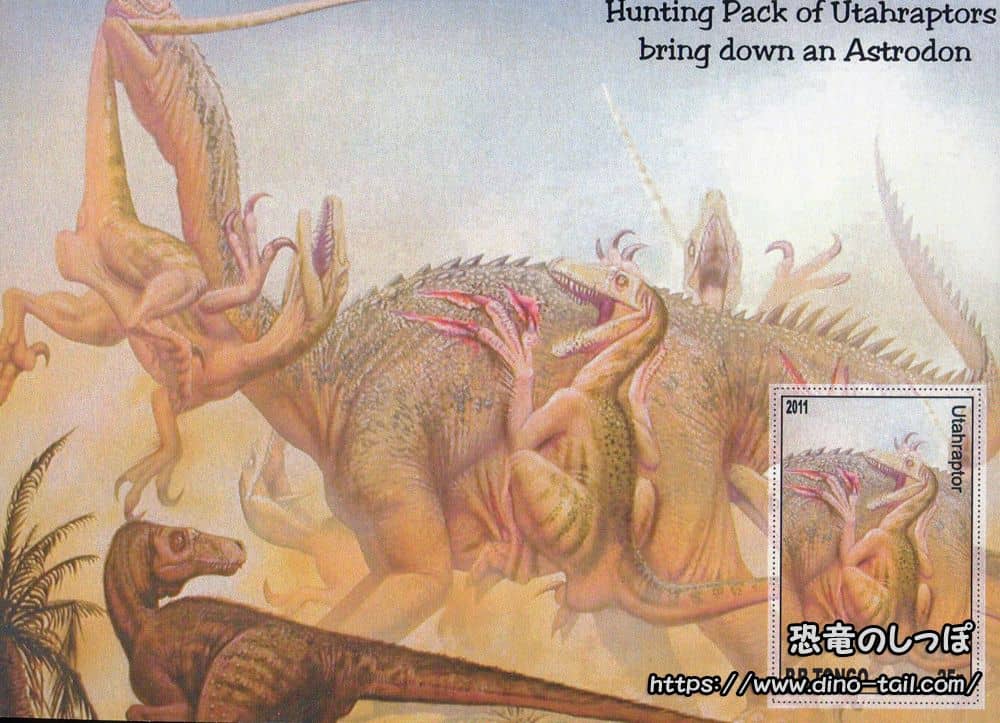About Utahraptor
| Scientific Name (Genus) | Utahraptor |
| Meaning of Name |
Thief from Utah
Utah [place name] - raptor (thief) [Latin] |
| Classification | Saurischia, Theropoda (Dromaeosauridae) |
| Total Length | Approx. 5 - 7m |
| Diet | Carnivorous |
| Period | Early Cretaceous (approx. 127-121 million years ago) |
| Sub-classification/Species | Utahraptor ostrommaysorum |
| Year of Paper Publication | 1993 |
| Publication |
A large dromaeosaur [Theropoda] from the Lower Cretaceous of Utah.
Hunteria. 2. by Kirkland, J.I.; Burge, D.; Gaston, R. 1993. |
Features
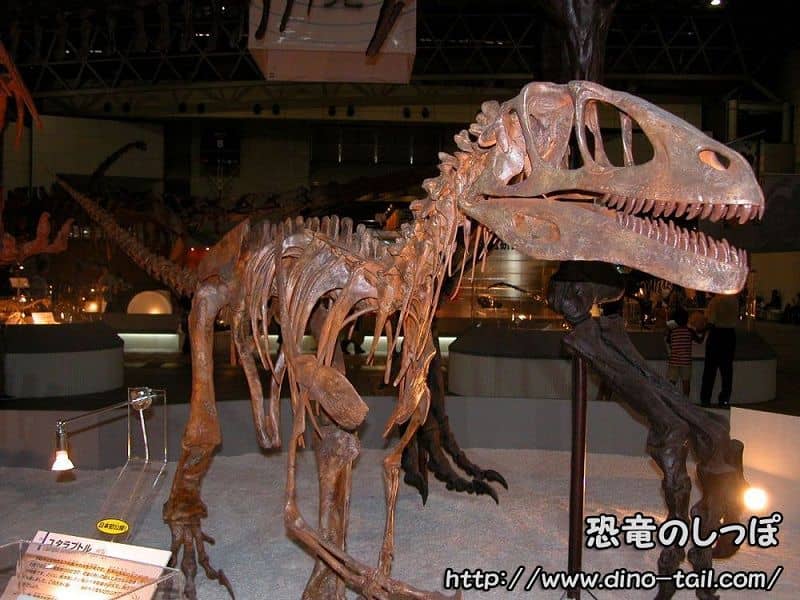
Utahraptor was a carnivorous dinosaur that lived in North America during the Early Cretaceous (about 127-121 million years ago). It was one of the largest dromaeosaurs, estimated to be about 5-7 meters long and weighing 300-1,000 kg.
The second toe of Utahraptor's hind foot had a sharp sickle claw about 20 cm long, which is presumed to have been used as a weapon for hunting.
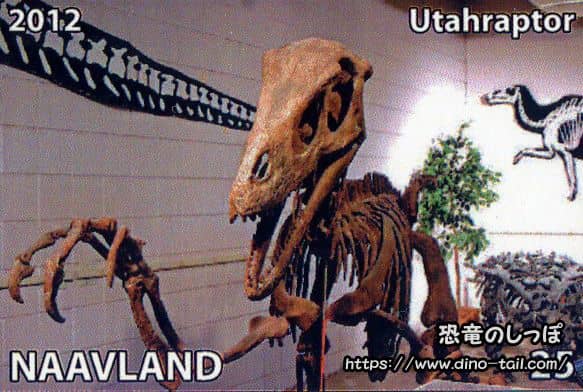
Utahraptor was distinct from slender, agile hunters like Velociraptor and Deinonychus. Its skeleton was very robust, and its hind legs were particularly short and sturdy, suggesting a muscular build like a grizzly bear. It may have been an ambush predator specialized in overpowering prey with its great strength and inflicting fatal wounds with its giant sickle claws, rather than running fast.
Since numerous fossils of feathered relatives in the Dromaeosauridae family have been found, it is almost certain that Utahraptor was also covered in feathers.
Dinosaur Quicksand: The 9-Ton Fossil Block
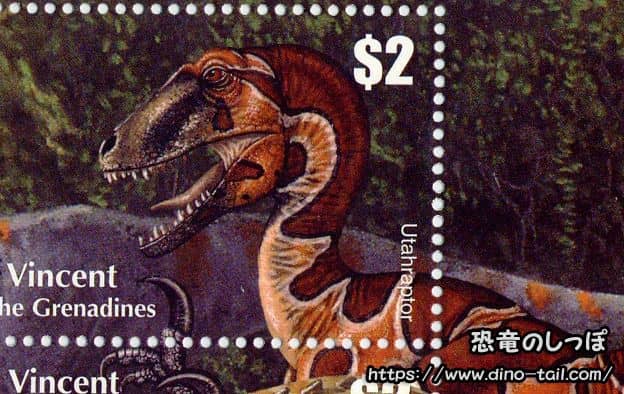
The possibility that Utahraptor hunted in packs has become almost a certainty thanks to a massive 9-ton sandstone block discovered in Utah in 2001, which has been studied for over a decade.
This "megablock" of fossilized rock contains an astonishing scene:
- At least six Utahraptors , believed to be a family pack consisting of one adult, four subadults, and one baby.
- Their prey, one iguanodontid dinosaur.
Researchers believe this is the site of a "dinosaur quicksand trap." The scenario is that a large iguanodontid got stuck in quicksand (or a mud pit) and became immobile. A pack of Utahraptors then attacked it, but they too became trapped in the quicksand one by one and were buried alive with their prey. This discovery is very strong evidence that Utahraptor had a complex social structure and hunted prey much larger than themselves in coordinated packs.
Discovery and Publication
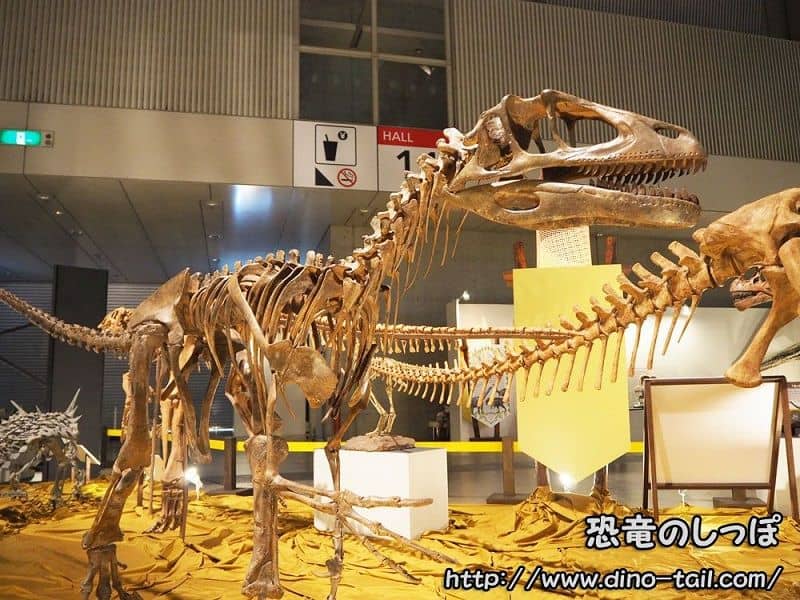
The first fossils were discovered in 1975 at the Dalton Wells Quarry in eastern Utah, USA, but they did not attract much attention at the time. It was the discovery of a large foot claw at the Gaston Quarry in Utah in 1991 that brought it into the spotlight.
In 1993, American paleontologist James Ian Kirkland and his colleagues described the new genus and species Utahraptor ostrommaysorum.
There is an anecdote about the naming of the species.
The describer, James Kirkland, was a paleontologist affiliated with the non-profit dinosaur research organization, the Dinamation International Society. He offered the right to name the species in exchange for research funding. A proposal was made by the famous film director Steven Spielberg, of "Jurassic Park" fame, to name the type species "Utahraptor spielbergi," but the offer was not accepted because the amount of funding could not be agreed upon.
The species name ostrommaysorum was adopted, in honor of Yale University paleontologist John Ostrom and Chris Mays, founder of the California-based film robotics company Dinamation International.
Utahraptor Stamp and Fossil Gallery
